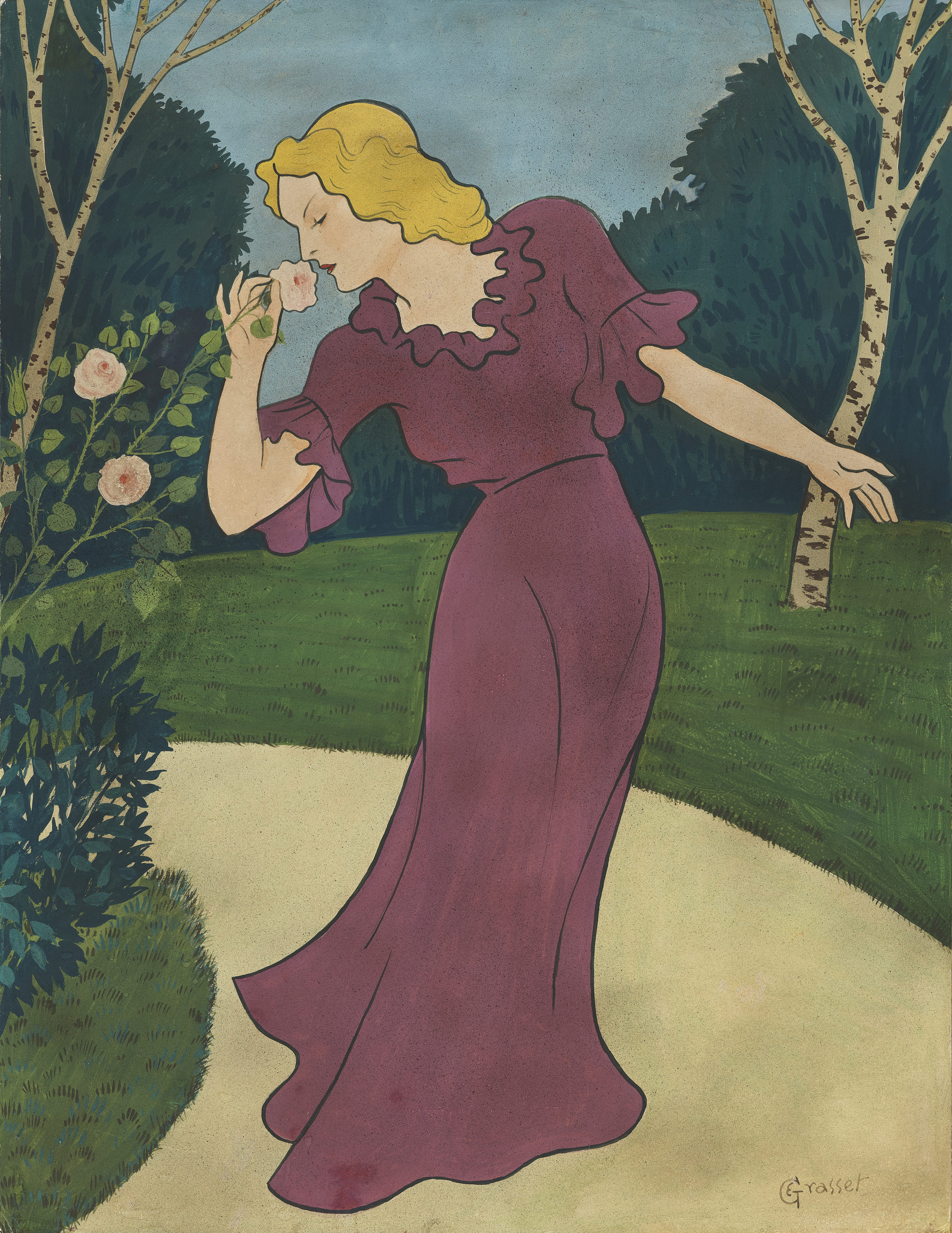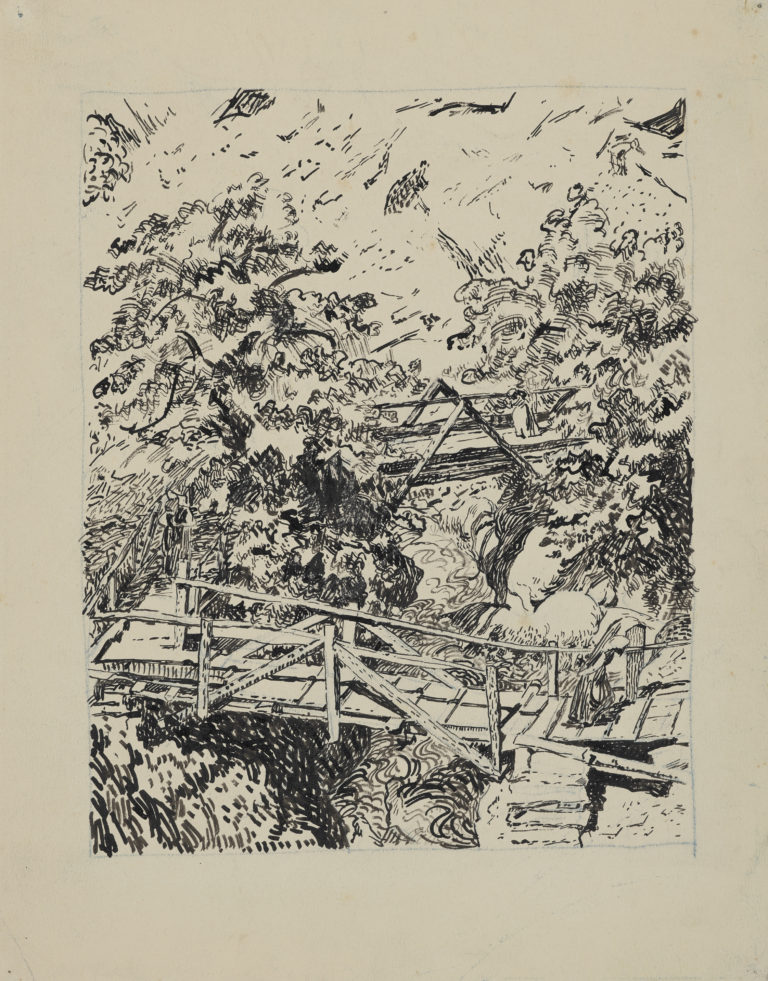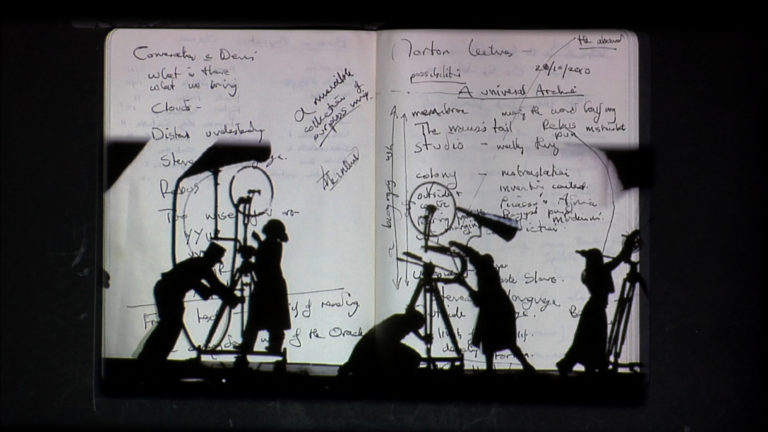Bibliography
Catherine Lepdor (ed.), Eugène Grasset. L’art et l’ornement, exh. cat. Lausanne, Musée cantonal des Beaux-Arts, Milan, 5 Continents Editions, 2011.
Céline Eidenbenz, « Femme à la rose, 1900 », in Dominique Radrizzani (ed.), L’attrait du trait: dessins anciens et modernes de la collection, Les Cahiers du Musée des Beaux-Arts de Lausanne no 11, 2001: p. 78-79, cat. 37.
Anne Murray-Robertson, Grasset: une certaine image de la femme, exh. cat. Gingins, Fondation Neumann, Milan, Skira, 1999: p. 18.




Eugène Grasset was something of a paradox. Though considered in his day as the artist who best captured the essence of womanhood, he expressed gross misogyny in his private diaries: “men and women differ not only in physical terms, but their mentalities are inimical […]. And women have nothing to give save their bodies”.
Grasset reduced the female bodies he loathed and feared to simple lines. His women are timeless, malleable, multi-purpose natural objects, for use as allegory or decoration. They are flowers among the flowerbeds, sexless, melancholy, mute: his works are not portraits, but stereotypes. They held huge appeal for many critics of his day, who rightly compared them to the women painted by the Pre-Raphaelites and, centuries before them, Botticelli.
Grasset likely drew Woman and Rose for a poster, calendar, or press illustration. However, the project must not have been completed, as this watercolour does not match any of his printed output. His Art Nouveau style here encapsulates his quintessential decorative vision. A young woman strolls along a sandy garden path framed by two birch trunks, pausing by a rose bush. Her long, slender figure, all curved lines, is clad in a purple dress cinched in at her narrow waist. She breathes in the scent of a single bloom. The flatness of the style, swathes of pure, bright colour, black outlines, and sharply delineated forms reflect two of Grasset’s sources of inspiration – medieval stained glass and Japanese prints.